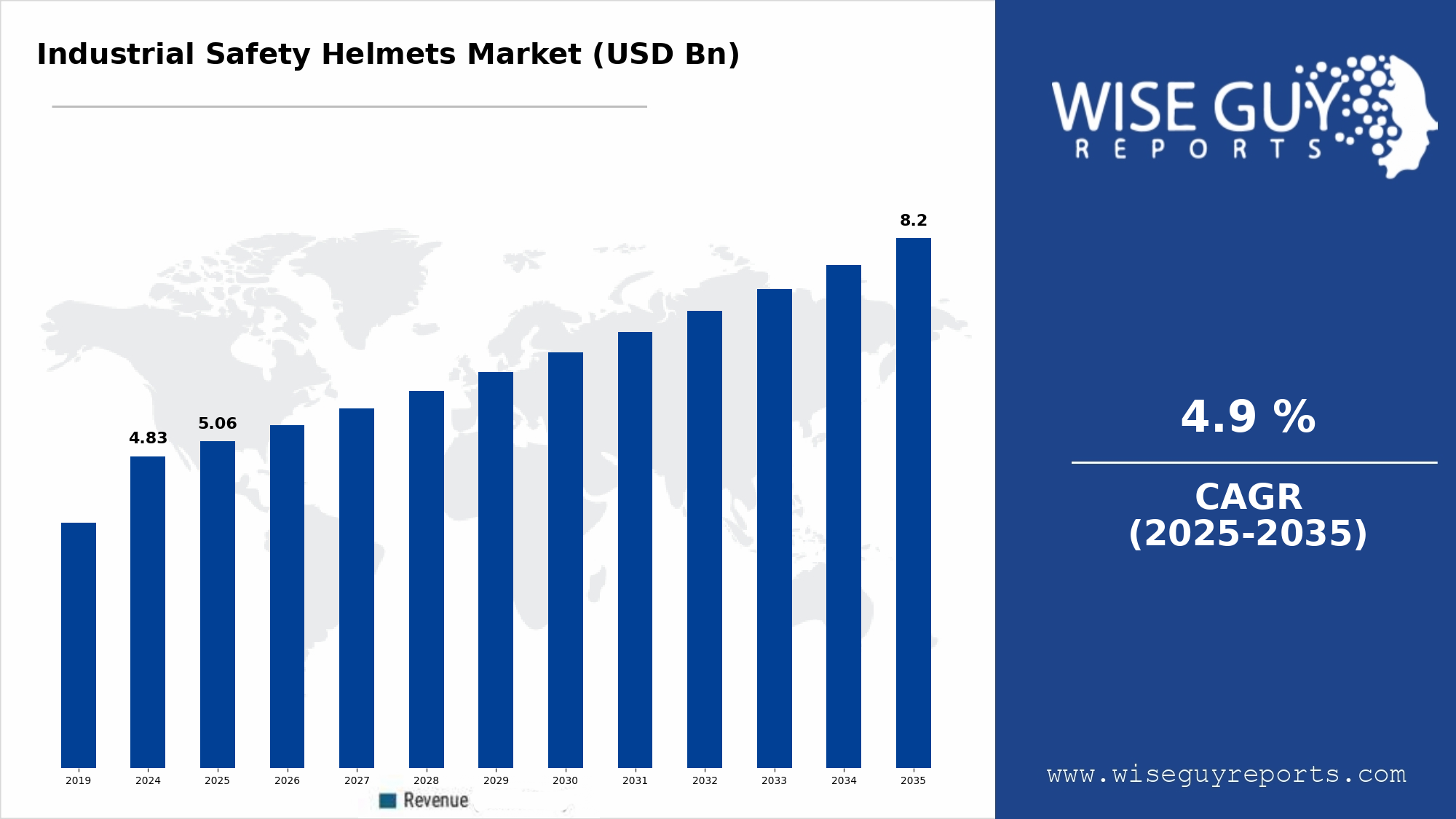The Senate's recent confirmation of David Keeling as the new head of OSHA underscores a pivotal moment for workplace safety regulation in the United States. With a narrow 51-46 vote on October 3, this decision reflects the contentious political landscape surrounding labor and safety issues. Keeling's leadership comes at a time when the need for robust enforcement of safety standards is paramount, particularly as industries grapple with evolving challenges such as remote work, pandemic-related health protocols, and the ongoing push for improved worker protections. The implications of this appointment extend beyond mere administrative change; they signal a potential shift in OSHA's strategic priorities and enforcement practices under Keeling's guidance. Keeling's confirmation is not just a bureaucratic milestone; it represents an opportunity to reshape the future of occupational safety. Stakeholders are keenly observing how his leadership will influence OSHA's regulatory framework and its responsiveness to emerging workplace hazards. The focus will likely be on enhancing compliance measures, fostering a culture of safety, and addressing the complexities of modern work environments. As Keeling steps into this role, the effectiveness of his policies will be critical in determining how well OSHA can adapt to the changing landscape of labor and safety, ultimately impacting the well-being of millions of American workers.
Senate confirms David Keeling and Wayne Palmer to lead safety agencies
By
Newsroom

Tags:
SAFETY-COMPLIANCE








